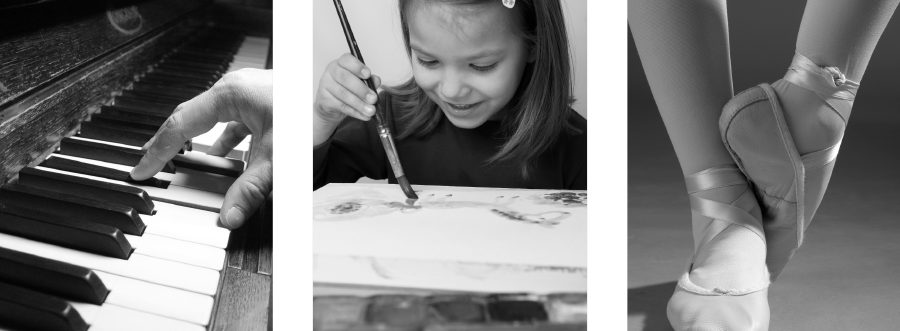




What was my problem? Simply put, I was “doing school at home” instead of homeschooling. I was thinking of education as a list of separate subjects to be completed every year, none of which related to the others in any significant way. It was the kind of education I had experienced growing up, the type I had been taught in college and the kind that I had seen many other homeschooling families doing as well. However, as I scoured Scripture and Ruth Beechick’s writings for a Biblical approach to education, I realized God’s view of education was quite a bit different than the picture of education that I had in my mind. God sees life in its entirety, and I was entrusted with teaching the heart of my child—the whole heart! An integrated approach to all subjects began to make more and more sense to me. Research shows that weaving subjects together greatly helps students retain and apply what they’ve learned. That, of course, is no surprise to God, since that’s how He views life. So, when we blend subjects together while homeschooling, we demonstrate God’s story of history in every area of life. History is truly God’s “meta-narrative” showing His overarching story of love and redemption, right from the beginning of time.




